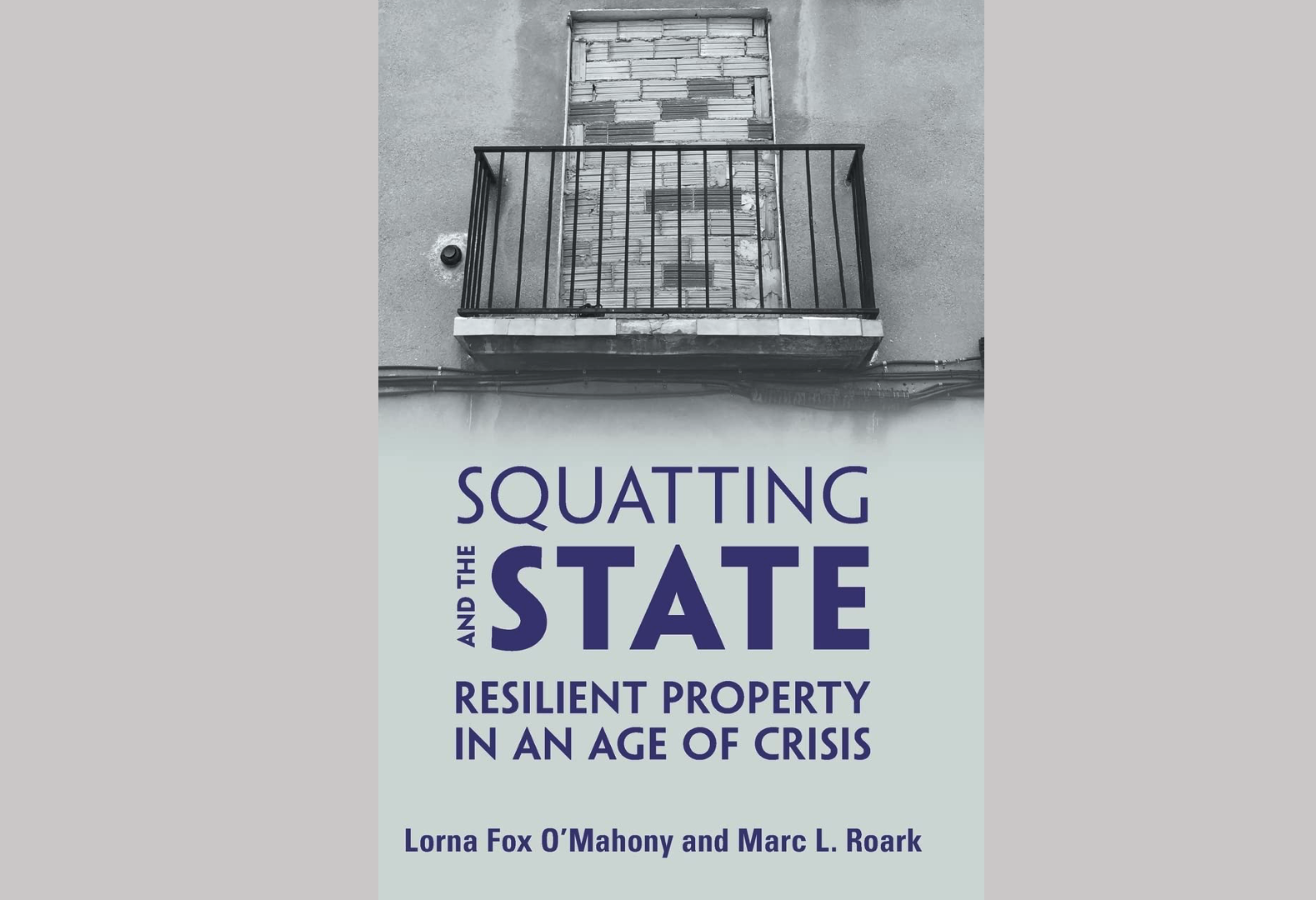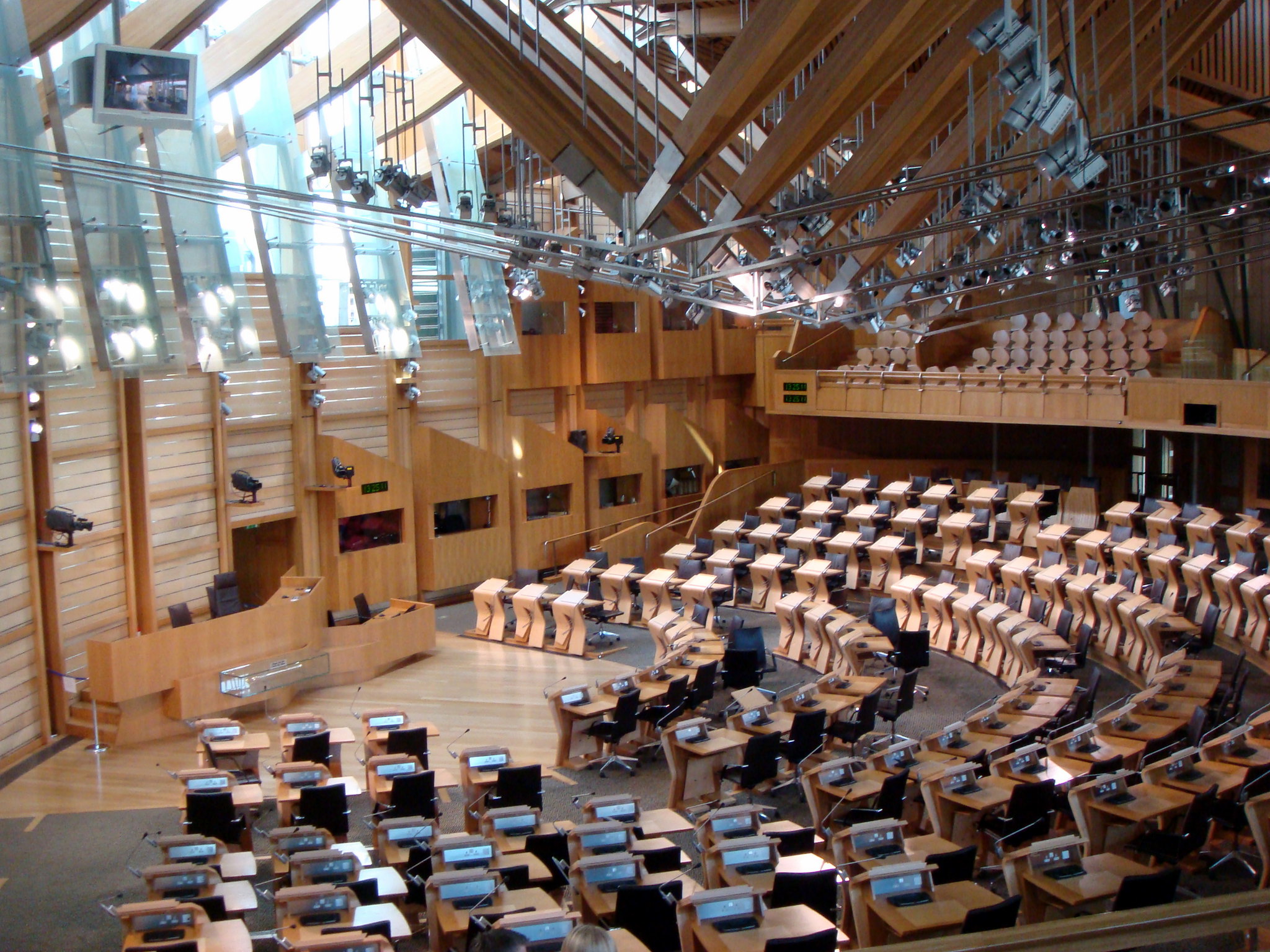by Susanna Macdonald-Mulvihill, Early Career Fellow, Edinburgh Law School
A woman walks into a bar. Her name is Janet. Janet tells the bartender, Luca, that she would like a dram for herself and to buy a drink for all the other customers currently in the pub. Luca duly pours the whisky and rings up the total for all the drinks. Janet pays, drinks her whisky, and leaves. Luca pours the drinks Janet has bought for the other customers and distributes them to the relevant people, who happily accept and enjoy their beverages.
Kevin, one of the regular customers, was in the toilets when Janet came in and does not know about the transaction. Luca had included a pint of beer for him along with the drinks for the other customers that Janet paid for. Luca had poured it and left it on the bar where Kevin was previously sitting. However, when Kevin, unaware of Janet’s generousity, left the toilet, he walked straight out of the bar to go home. He did not see the beer and the drink remains untouched. Whose pint is it? And why does it matter?
What this scenario demonstrates is an instance of an indirect donation. An indirect donation is where a donor engages in a transaction with a third party who in turn passes the benefit on to the donee. This can occur in a number of ways. For instance, a donor can be a parent who pays the rent of a university student child. The parent and landlord are the parties who transact but the student child receives the benefit of the accommodation. Alternatively, the donor may be a person who waives a right they have against a third-party in favour of the donee. An example of this could be the renunciation of an inheritance right resulting in that right vesting in the donee. Key to an indirect donation is that the donee is not actively involved in the transaction that leads to the benefit passing to them.
Leave a Comment


